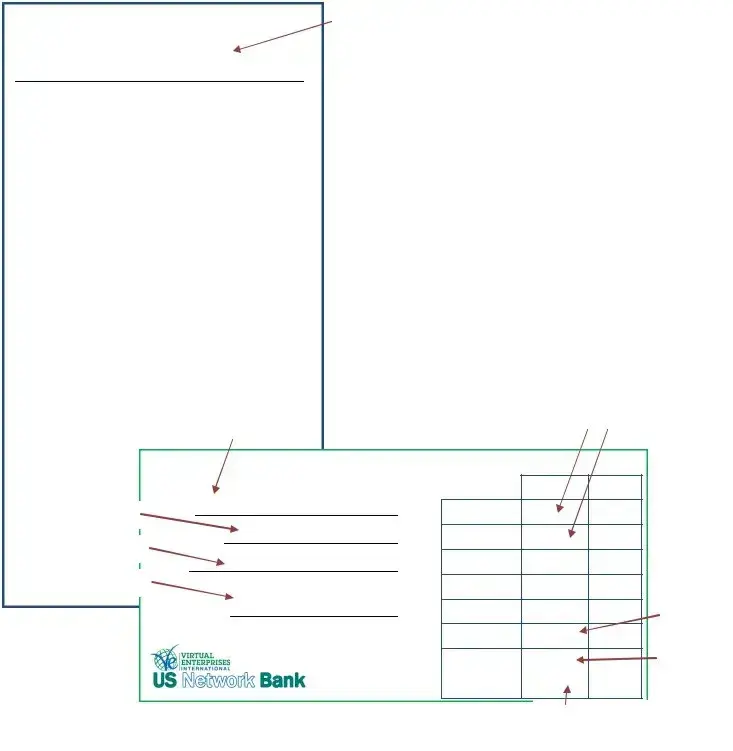The Payroll Check form is an essential document in the world of employment and finance, playing a crucial role in ensuring that employees are compensated accurately for their work. This form typically includes key information such as the employee's name, identification number, and the pay period for which the wages are being issued. Additionally, it details the gross pay, deductions, and net pay, providing a clear breakdown of how much an employee will take home. Employers use this form not only to facilitate timely payments but also to maintain accurate records for tax purposes. Understanding the components of the Payroll Check form helps both employers and employees navigate the complexities of payroll processing with ease. From calculating overtime to accounting for benefits, every aspect of the form contributes to a transparent and efficient payment system. By familiarizing oneself with this document, individuals can ensure that they are receiving their rightful earnings while employers can uphold their responsibilities in managing payroll effectively.


